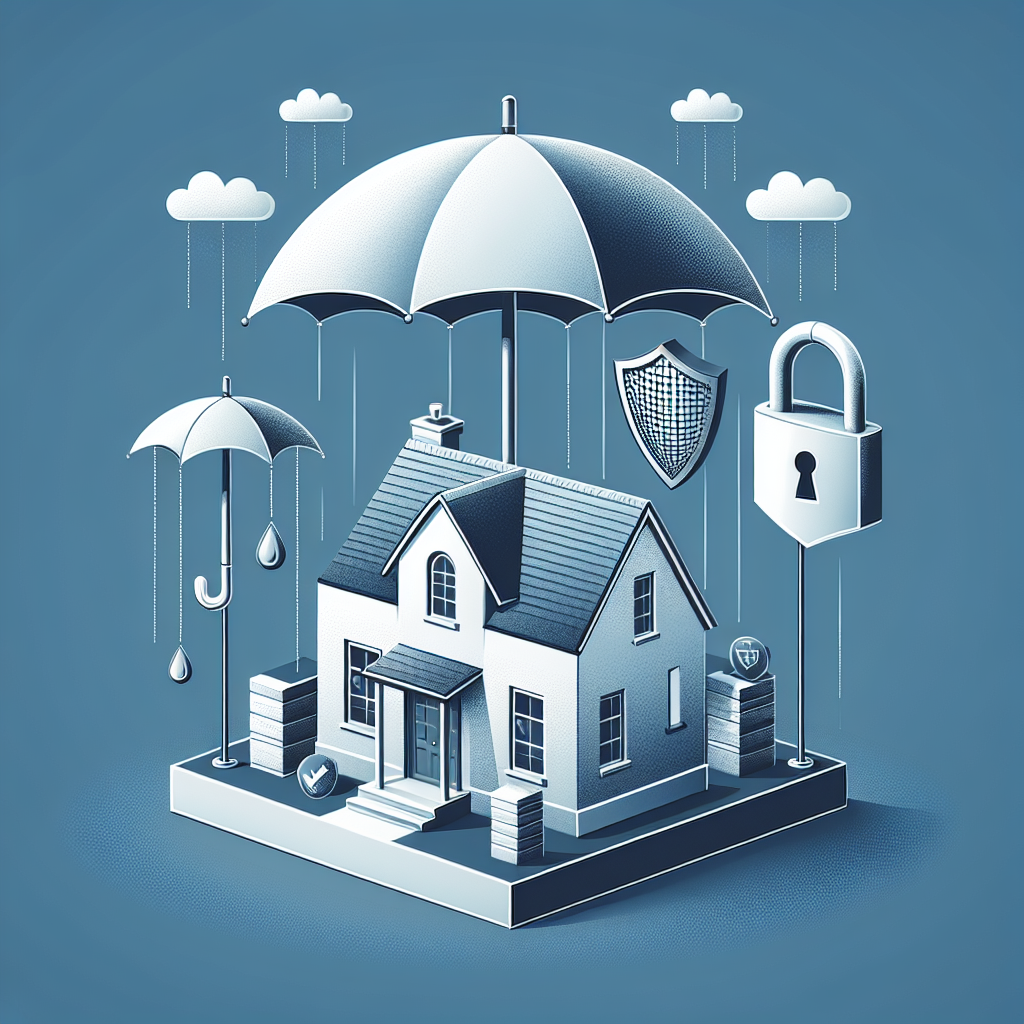Filed under Home Insurance on
Essential Home Insurance: Recommended Coverage Guide

When it comes to safeguarding one of your most significant investments, understanding essential home insurance coverage is crucial. Whether you're a first-time homeowner or re-evaluating your current policy, having the right coverage can provide peace of mind and financial security.
Understanding Essential Home Insurance Coverage
Home insurance, a necessity for homeowners, protects against potential threats like natural disasters, theft, and accidents. While coverage needs can vary, knowing what's essential ensures you're not left vulnerable when unexpected events occur.
Core Components of Home Insurance
- Dwelling Coverage: This covers the structure of your home, including walls, roof, and built-in appliances. It’s vital to insure your home for its full replacement cost, not just its market value.
- Personal Property Coverage: Protects personal belongings like furniture, electronics, and clothing. Typically, it covers 50-70% of dwelling coverage. Consider an inventory of your possessions to determine the right amount.
- Liability Protection: Offers coverage if someone is injured on your property, covering legal fees and damages up to your policy limit.
- Additional Living Expenses (ALE): If your home becomes uninhabitable due to a covered peril, ALE pays for temporary lodging and other associated costs.
Why Customizing Coverage is Key
While essential home insurance coverage addresses fundamental needs, customization based on personal circumstances and geographic risks is vital. Living in areas prone to natural disasters might necessitate additional coverage types. Incorporating options like flood or earthquake insurance could be beneficial.
Specialized Coverage Options
- Flood Insurance: Regular policies typically don’t cover flood damage. If your home is in a flood-prone area, this coverage is essential.
- Earthquake Insurance: Particularly important if you live in an earthquake-prone area. It covers damages resulting from seismic activity.
- Scheduled Personal Property Coverage: For high-value items like jewelry or art, this add-on provides extra protection beyond standard policy limits.
Assessing Your Coverage Needs
Factors influencing your home insurance needs include the home’s age, construction type, and location. Regularly assessing these elements helps ensure adequate protection.
The Role of Replacement Cost
Replacement cost is the expense to rebuild your home at current prices. Always opt for a policy covering full replacement cost rather than actual cash value, which depreciates over time.
Industry Trends and Expert Opinions
Recent trends indicate growing awareness around climate change impacts, influencing home insurance needs. Experts recommend evaluating potential risks and accessing resources like the Federal Emergency Management Agency (FEMA) maps to understand vulnerability better. Staying informed about industry shifts helps make educated decisions regarding essential home insurance.
Technology and Home Insurance
Advancements in technology provide tools for better risk assessment and improved policy customization. Using smart home devices can potentially lower premiums by reducing risks like fire or theft.
Common Pitfalls to Avoid
Avoid being underinsured by regularly updating your policy to mirror changes in home value or contents. Not all perils are covered under standard policies, so clarifying exclusions is crucial to prevent surprises down the line.
Reviewing and Updating Policies
Annual reviews of your home insurance policy can help maintain adequate coverage. Life changes such as home renovations or purchasing valuable items should prompt immediate policy updates.
Maximizing Your Home Insurance Benefits
To maximize benefits, leverage discounts offered by insurance providers. Common discounts include bundling with other policies and having a home security system.
Working with an Insurance Agent
An experienced broker can offer personalized insights into essential home insurance provisions and facilitate tailored solutions. Building a long-term relationship with an agent can ensure continuous alignment with your evolving insurance needs.
Conclusion
Essential home insurance acts as a protective shield against unforeseen events, preserving both financial stability and peace of mind. By understanding core components, customizing based on unique needs, and staying informed on industry trends, homeowners can confidently secure their future.
For optimal protection, engage with trusted professionals and review your policies regularly to ensure comprehensive and up-to-date coverage. Essential home insurance is more than just a policy; it’s an investment in safeguarding your home and all it represents.





